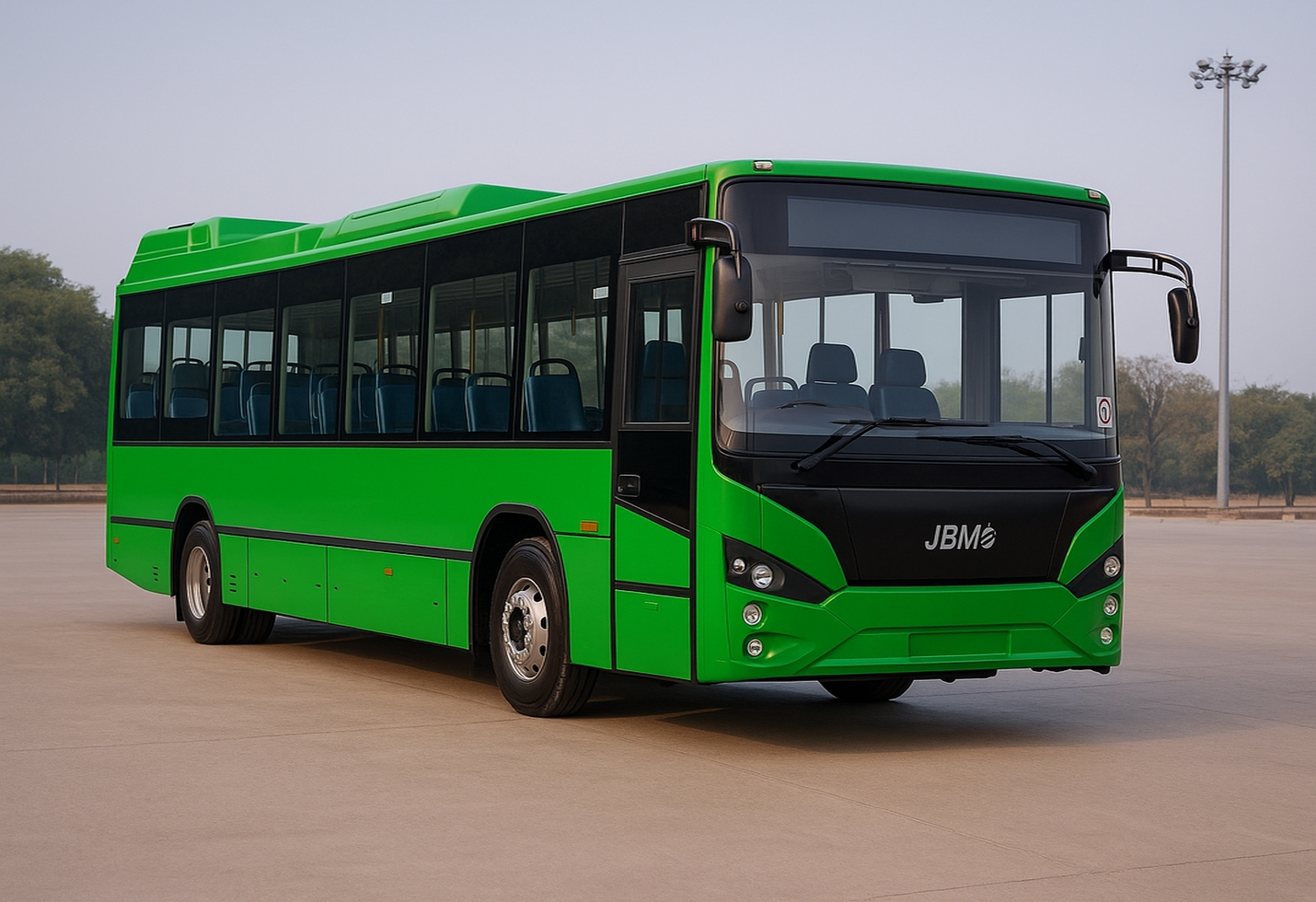Ashok Leyland Rally Extends: Growth, EV Strategy, and Investor Outlook
Ashok Leyland Ltd., a flagship company of the Hinduja Group, is one of India’s leading manufacturers of commercial vehicles, including trucks, buses, and defense mobility solutions. With a legacy of over 70 years, the company has transformed from heavy-duty truck manufacturing to becoming a key player in electric mobility and defense vehicle segments. Headquartered in Chennai, Ashok Leyland has built a robust market position through operational excellence, diversified product offerings, and forward-looking investments that make it a compelling consideration for investors seeking both growth and structural resilience.
Sustained Momentum in the Stock Market
Over the last six months, Ashok Leyland’s stock has delivered nearly 40% returns, reflecting strong investor confidence in the company’s fundamentals and growth prospects. The rally has been reinforced by a combination of record quarterly performance, sector tailwinds, government reforms, and strategic diversification. In Q1 FY26, Ashok Leyland reported commercial vehicle volumes exceeding 44,200 units, driving revenue from operations to approximately ₹11,708 crore, marking a near 10% year-on-year increase. Net profit surged almost 19.5% over the same period last year. Notably, growth was broad-based, with light commercial vehicles achieving record performance, exports rising nearly 29% year-on-year, and the Aftermarket and Defense segments contributing significantly to revenue resilience. Analysts also point to the favorable phase in the commercial vehicle cycle, driven by fleet replacement demand, rising freight utilization, and recent GST cuts on automobiles, which have boosted affordability and buyer sentiment.
Financial Strength and Operational Excellence
Ashok Leyland’s FY25 revenue stood at approximately ₹38,753 crore, reflecting a modest increase over the previous fiscal. The company demonstrated strong profitability with net profit of ₹3,303 crore, up 26% year-on-year. Earnings per share improved from around ₹8.5 in FY24 to over ₹10.5 in FY25, while return on equity reached 32.02%, highlighting efficient capital utilization. Operational profitability, measured through EBITDA margin, expanded to 12.7%. The company’s cash position has also strengthened, with net cash of ₹4,242 crore, a significant turnaround from net debt in the previous year. However, debt levels remain elevated, with a debt-to-equity ratio of 4.08, warranting careful monitoring of interest cost exposure. Ashok Leyland’s market share in the medium and heavy truck segment improved from roughly 29% to over 30%, underscoring its competitive edge. LCV performance and exports have emerged as significant growth drivers, cushioning the company from domestic cyclical fluctuations.
Strategic Initiatives: EVs, Defense, and Global Expansion
Ashok Leyland is actively investing in electric mobility through its subsidiary, Switch Mobility, with a planned investment of ₹300–500 crore to develop electric buses and battery ecosystems. This measured approach demonstrates the company’s intent to participate in India’s electric mobility transition while managing capital intensity. The Defense segment remains a key strategic pillar, with Ashok Leyland supplying specialized vehicles to the Indian Armed Forces, offering steady revenue and strategic alignment with national priorities. Additionally, the company has strengthened its export footprint, with international sales growing sharply. Diversifying into exports, EVs, and defense provides Ashok Leyland with multiple avenues for sustainable revenue growth, reducing dependence on the domestic commercial vehicle cycle.
Risks and Valuation Considerations
Despite the optimistic outlook, several risks persist. The stock’s steep rally has led to elevated valuations, pricing in continued growth and margin expansion. Any underperformance could trigger market corrections. Input cost volatility, particularly in steel, tires, and logistics, remains a margin risk. The company’s high leverage, though offset by strong cash flows, leaves it exposed to interest rate fluctuations. The EV business, while promising, faces intense global and domestic competition, requiring successful technology partnerships, government incentives, and efficient execution to realize returns. Policy changes, especially in GST or EV incentives, could also influence demand dynamics. Lastly, commercial vehicle demand is inherently cyclical, heavily tied to macroeconomic conditions, infrastructure spending, and fuel costs, making demand susceptible to economic shocks.
Investor Perspective
For long-term investors, Ashok Leyland offers a blend of cyclical opportunity and structural transformation. Its dominant position in the truck segment, diversification into exports, electric mobility, and defense, and robust profitability make it a compelling growth story. A prudent approach could involve staggered accumulation, buying on market dips rather than chasing the rally, while closely monitoring quarterly performance and debt management. Short-term traders may benefit from momentum, but should exercise disciplined risk management given valuation levels.
Conclusion
Ashok Leyland’s rise to record highs is backed by strong financials, operational excellence, and strategic diversification into future-ready sectors. Its Q1 performance, market share gains, and EV and defense initiatives underscore both cyclical and structural growth drivers. Investors are advised to balance optimism with caution, considering valuation, leverage, and input cost risks, making Ashok Leyland a stock with high potential for those willing to approach it with disciplined, long-term perspective.
The image added is for representation purposes only


